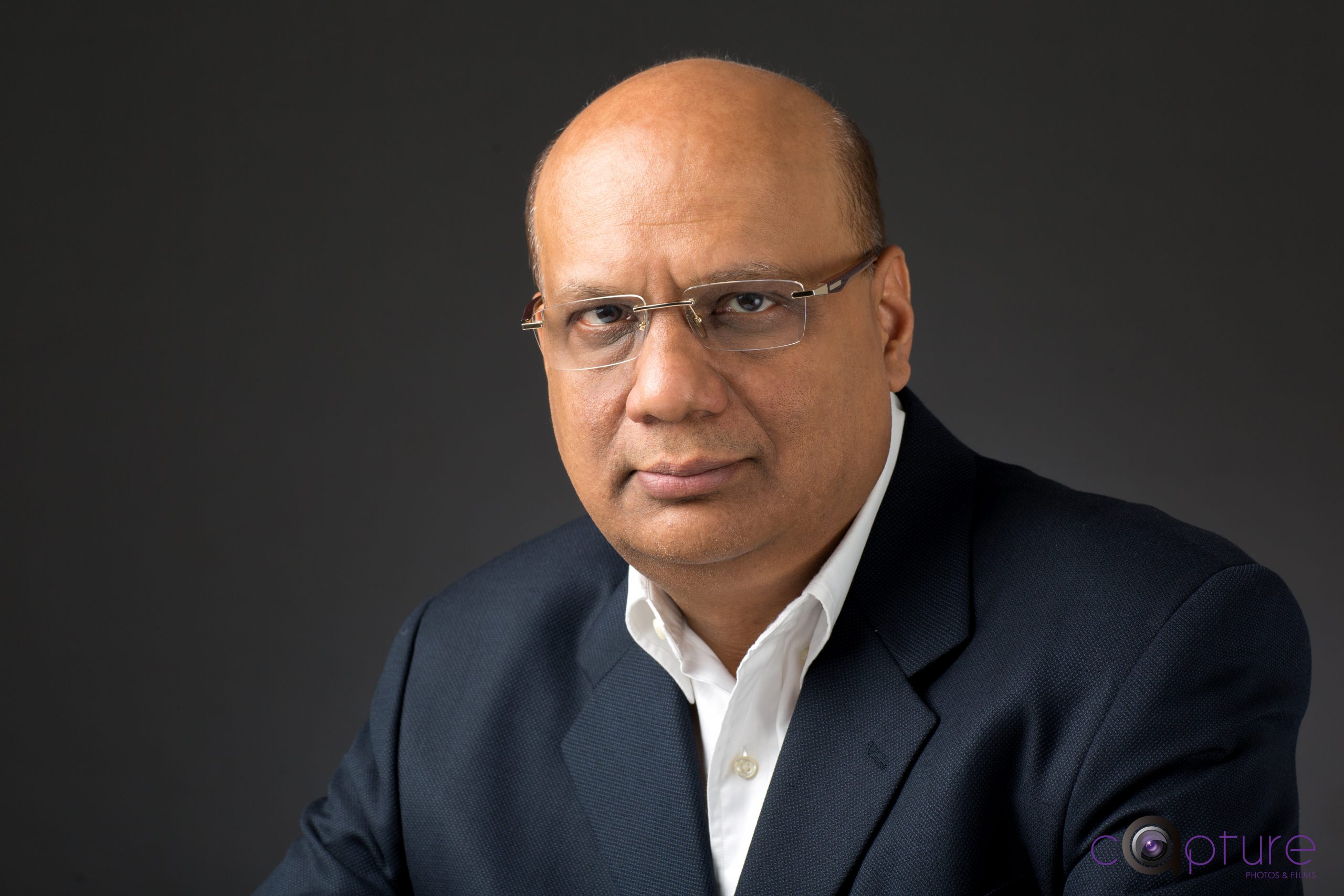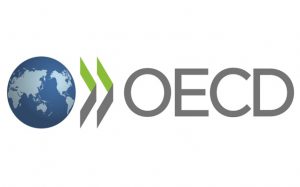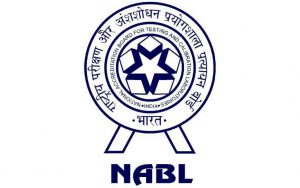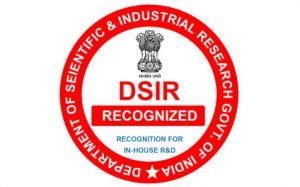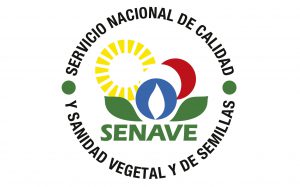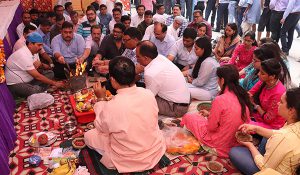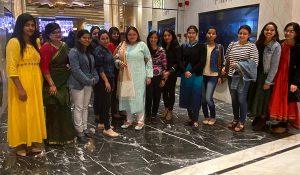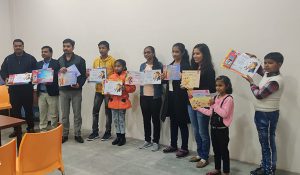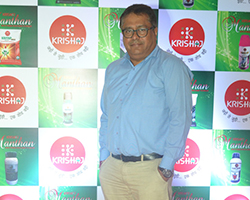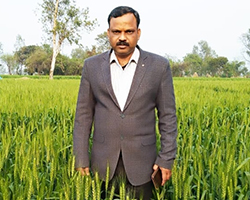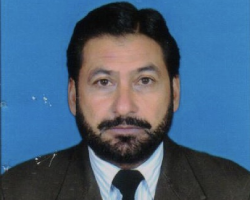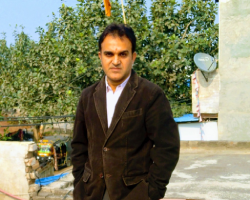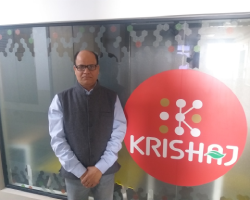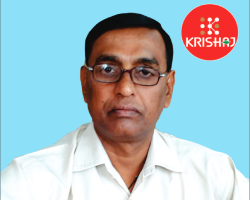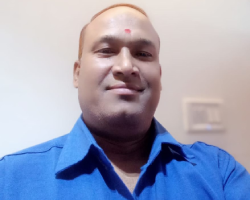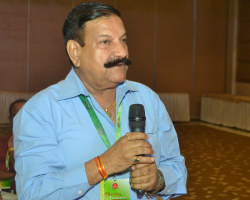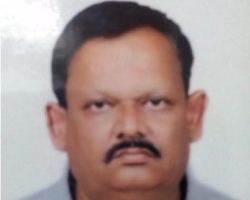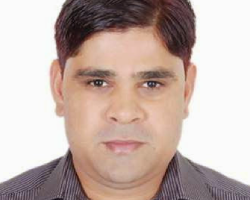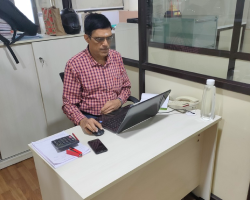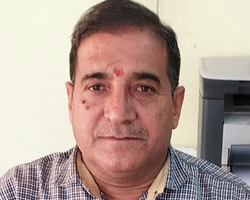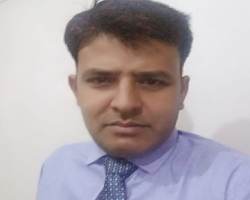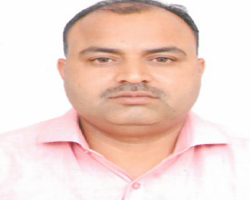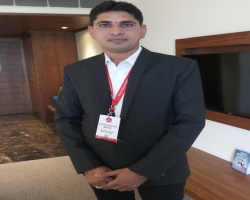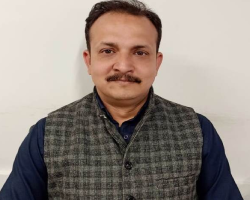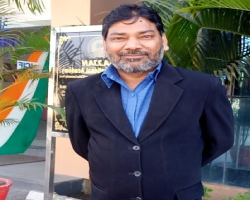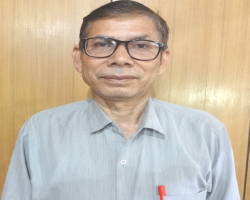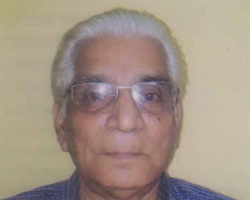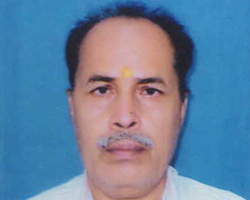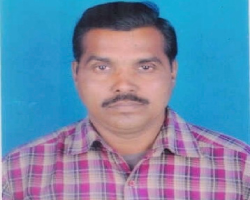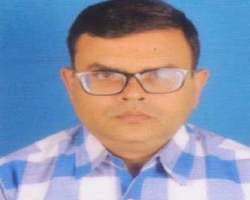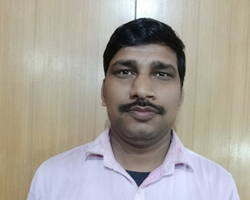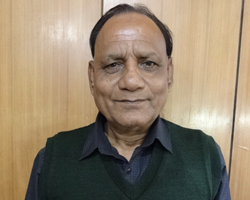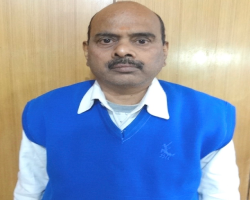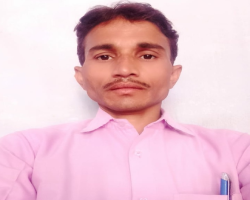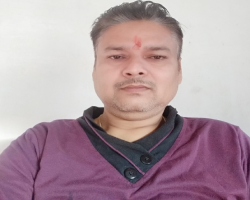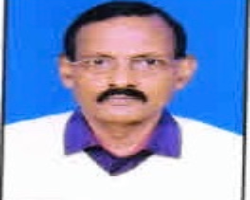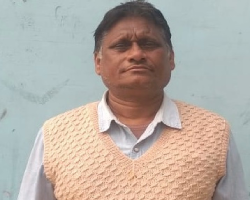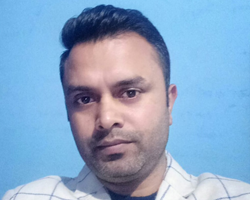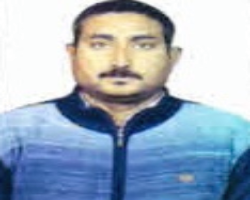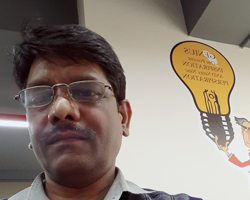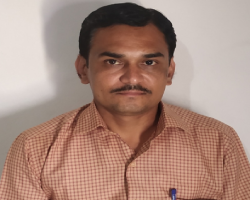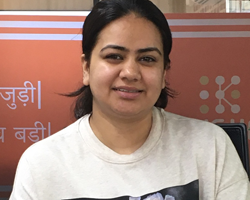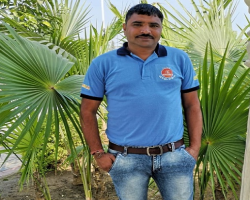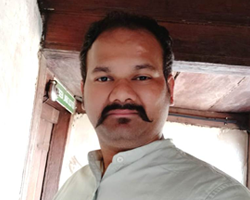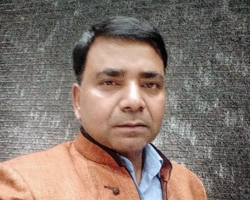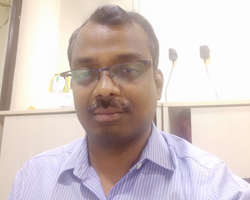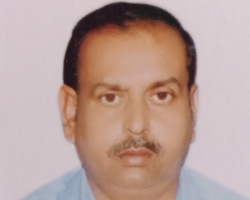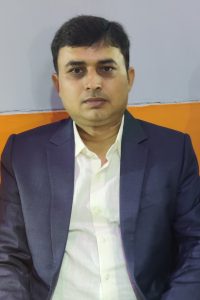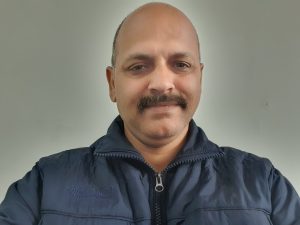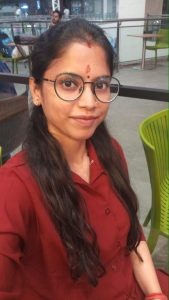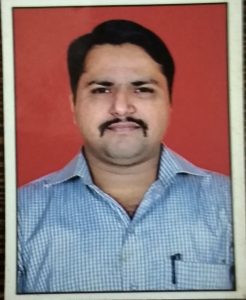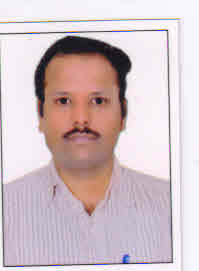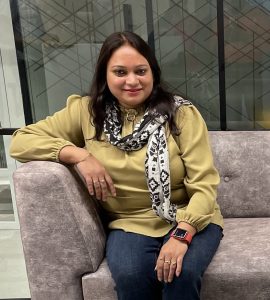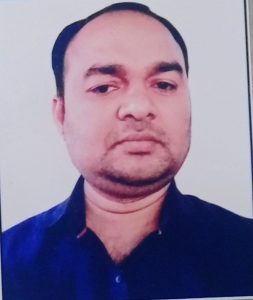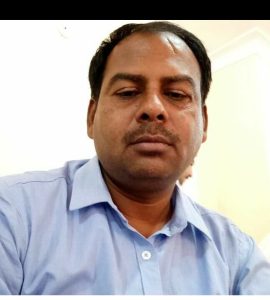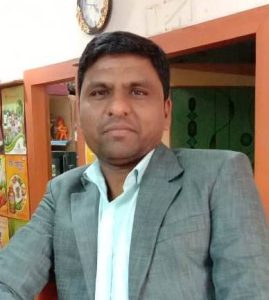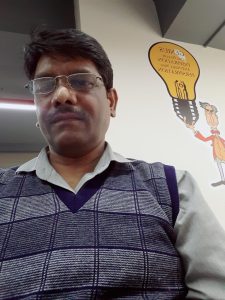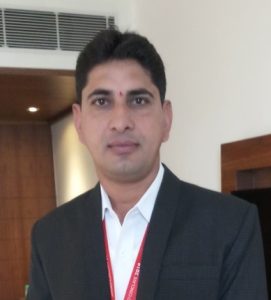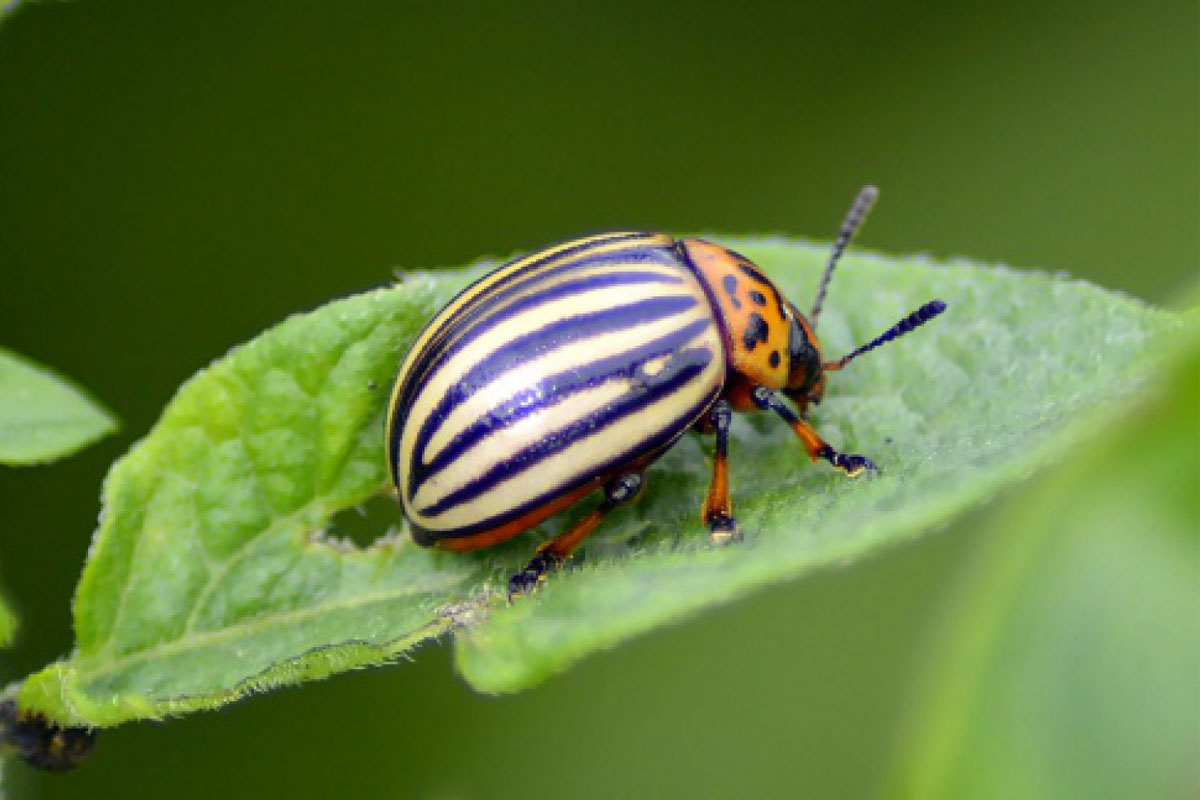
IPM vs Chemical Used
Dr. Abdul Rauf
IPM brings together a workable combination of the best strategies of control methods to solve the pest problem. IPM Is defined as ‘management of pest problem using sound ecological principles to keep the pest population below economic injury level’. In IPM we integrate sanitation, cultural control, physical control, mechanical control, regulatory control, biological control and finally chemical control. We see that the chemical is used as a last resort and in a just quantity. It means that the chemical quantity used in IPM should be lower than the old classical pest control methods.
Here, we shall discuss how the IPM methodology reduces the quantity of chemicals used in pest management.
- After initial treatment once the baseline is established and pests are maintained at a low level and lesser amount of chemical is required in regular treatments Therefore, the amount of chemical used goes down.
- Inspecting the property and closing all entry points, gaps and openings in yellow zone to stop the pest problem outside in green zone. If pest proofing of a building is done no more pests will enter the building and small amount of chemical will be required.
- Establishing physical barriers of mesh on doors and windows and proper placement of fly elecrocutors (fly killing devices) reduces the future quantity of fly control chemicals.
- Our methodology is proactive not reactive. Rendering treatment at breeding and hiding places of pests with non repellent residual chemicals ensures that the pest population will go down to minimum level. Naturally, the quantity of chemical used will go down. It is established that if the Truly dust is applied properly in a premises the cockroaches will not live there for a year’s time and during subsequent treatment after initial treatment no need of using Truly dust again.
- In case of rodent management we establish first, second and third line of defense by installation of rodent bait stations to manage the rodents. The rodent’s are monitored and controlled at outside and less amount of rodenticide is needed afterwards.
- Our professional inspection identifies the hot spots of the premises where the pests abound and infest. Treatment is done only on these hot spots that reduces amount of chemical use.
- The analysis of our supervision and trend reports give us insight about the infestation patterns, seasonal variations and population trend that help us to control problem with minimal effort and by using small amount of chemical.
- We must think if the chemical consumption of our branch is following IPM trend and going low and low day by day. If not than we are not following proactive inspection based protocols of Truly Nolen. If our branch is receiving client’s complains it shows that our approach has become reactive. We are not following Truly’s proactive approach. If our chemical consumption is high and going higher it means either our service technicians are not well trained (in Truly’s Protocols) or the chemical is being misused.


